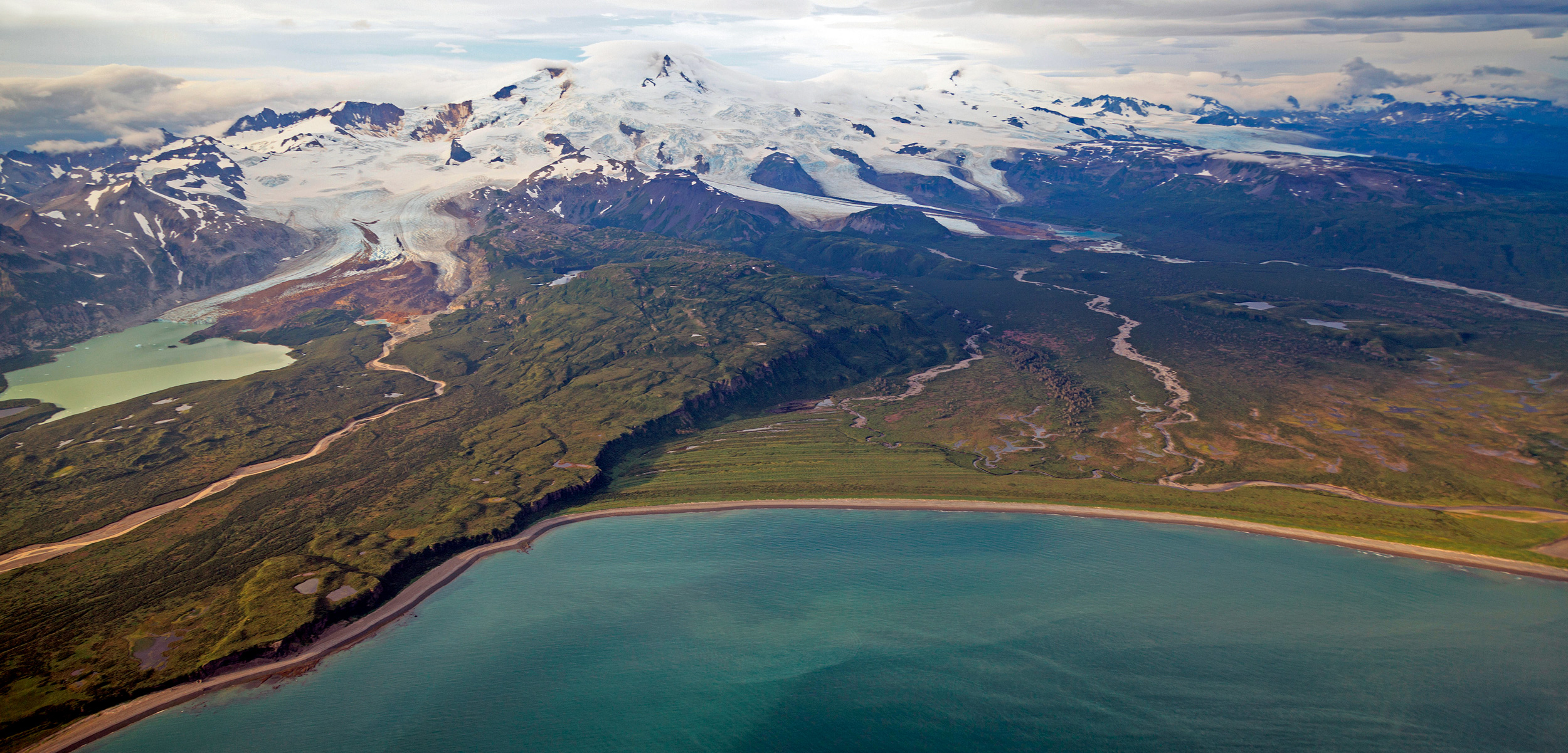Secret Recordings Portray Regulators as Easing Pebble Mine’s Path to Approval
The Pebble Limited Partnership’s latest plan to offset the damage caused by the proposed Alaska mine is being highly criticized.
Article body copy
As the US Army Corps of Engineers (USACE) weighs whether to approve the controversial Pebble Mine in Alaska, secret recordings of conversations between undercover activists and top executives from the Pebble Limited Partnership (PLP) are putting regulators and the developer under new scrutiny, including around the latest unconventional attempt to develop a compensatory mitigation plan to offset the damage the proposed mine would cause to the environment. The company’s CEO Tom Collier resigned over the blowback from his comments just days after the release of these recordings, dubbed the “Pebble Tapes.”
These recorded discussions, between the mine’s developer and activists from the Environmental Investigation Agency—a nonprofit that uses intelligence techniques for environmental advocacy—posing as potential investors, reveal new insights into how PLP is proposing to make up for the mine’s significant expected damage to the watershed, which would affect more than 1,300 hectares of undeveloped wetlands and nearly 300 kilometers of streams, including spawning habitat for rare salmon.
The company’s new mitigation plan—the second such plan put together by PLP this year—has not yet been submitted to USACE, but it is key to the project’s approval. The plan will likely arrive at the 11th hour, capping off a years-long drama over the fate of the Bristol Bay region, home to one of the world’s largest remaining wild sockeye salmon fisheries.
According to the taped conversations, PLP is pursuing at least two unusual approaches to compensatory mitigation, which appear to be entirely different from earlier plans released publicly. Based on the Pebble Tapes, PLP’s executives also claim to be working with the blessings of and behind-the-scenes assistance from top USACE regulators in Alaska and Alaska governor Mike Dunleavy.
The mine’s developer said one approach to compensate for the mine’s damage would involve creating a hunting and fishing preserve in the watershed surrounding the mine site. Taking that step would require the State of Alaska to be on board, since the land surrounding the mine is largely state-owned.
According to former US Environmental Protection Agency (EPA) wetlands mitigation expert Tom Yocom, the plan “is awful, and far outside of what compensatory mitigation is supposed to do.”
Typically, federal regulations favor restoring or creating new wetlands over preserving an existing, already healthy environment. If PLP does formally propose this path of permanent preservation, regulators would meet it with several stipulations. To receive credit for preserving wetlands, for example, those wetlands must already be under threat from development or impact. In the case of the proposed Pebble Mine, the only obvious development threatening the surrounding wetlands is the Pebble Mine.
In Alaska, another requirement is that when preserved wetlands are on public land, they must be improved in some way “such that their ecological functions are better than they are presently,” says Yocom. “I say, good luck with that,” he adds, nodding to the region’s already healthy habitat.
The second unusual approach being considered by PLP for its compensatory mitigation plan is to capture, store, and treat snowmelt water before releasing it into dry streams “to create spawning habitat” for salmon. Freshwater ecologist Sarah O’Neal, who has extensively studied the region, lambasted the idea. In an email, she called the idea “absolutely PREPOSTEROUS,” with practically no scientific basis. “The bottom line is that you can’t improve upon perfect,” O’Neal says, adding that these wetlands and streams are some of the only “perfect salmon habitat left standing.”
However, USACE may be able to waive some of the typical conditions in PLP’s favor—and Ron Thiessen, the top executive at PLP’s parent company, Northern Dynasty Minerals, who was also on the recorded calls, said PLP has a “very good relationship” with the regulator. Collier, the now-former PLP CEO, described the head of USACE’s Alaska District Regulatory Division, David Hobbie, as “somewhat of a friend.” Thiessen said the two would meet weekly. And Collier said that USACE gave PLP nearly two months advance notice about mitigation requirements, allowing the company an unusual head start to conduct related field studies. That move in particular raised the eyebrows of Gail Terzi, a retired USACE compensatory mitigation program manager. She says USACE’s behavior, as described in the recordings, is “highly unusual” and “highly unethical.”
Collier also boasted of getting the State of Alaska on board with the Pebble Mine as a “partner” in creating a preserve for its mitigation efforts. He mentioned throwing a major fundraiser for Governor Dunleavy’s initial electoral campaign, and a recent one-on-one meeting meant “to get his commitment.” Collier said PLP is “working with [Governor Dunleavy’s] department of natural resources, and they are being very cooperative in working this through with us.”
Alaska Department of Natural Resources spokesperson Dan Saddler disputed “partnering with” PLP or providing guidance on its mitigation plan, but acknowledged that the agency has met four times “to answer questions from PLP regarding existing state land-use laws and associated regulatory processes” related to its mitigation plan. Governor Dunleavy’s office did not respond to questions about his purported involvement.
In the recorded conversations, Collier seemed optimistic about the mine’s future. He said he had shared PLP’s new plan with USACE, reporting that the regulators “are pleased” and “don’t see any problems with what’s there. I believe that they’re going to approve it.”
In response to the release of the Pebble Tapes, a USACE statement referred broadly to “inaccuracies and falsehoods relating to the permit process and the relationship between our regulatory leadership and the applicant’s executives.”
PLP spokesperson Mike Heatwole called the recorded comments “unfortunate and clearly embellished about the relationship between PLP’s former CEO and the USACE leadership,” and maintained that “there has not been any undue influence over the regulatory process, nor will there be.”

